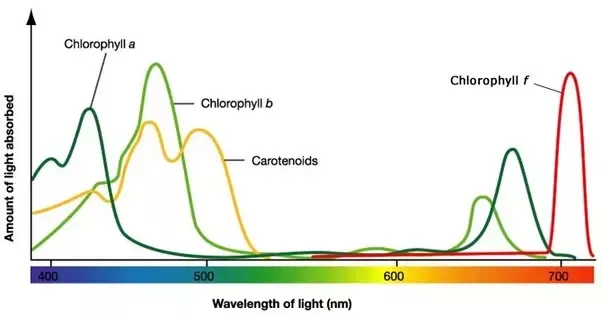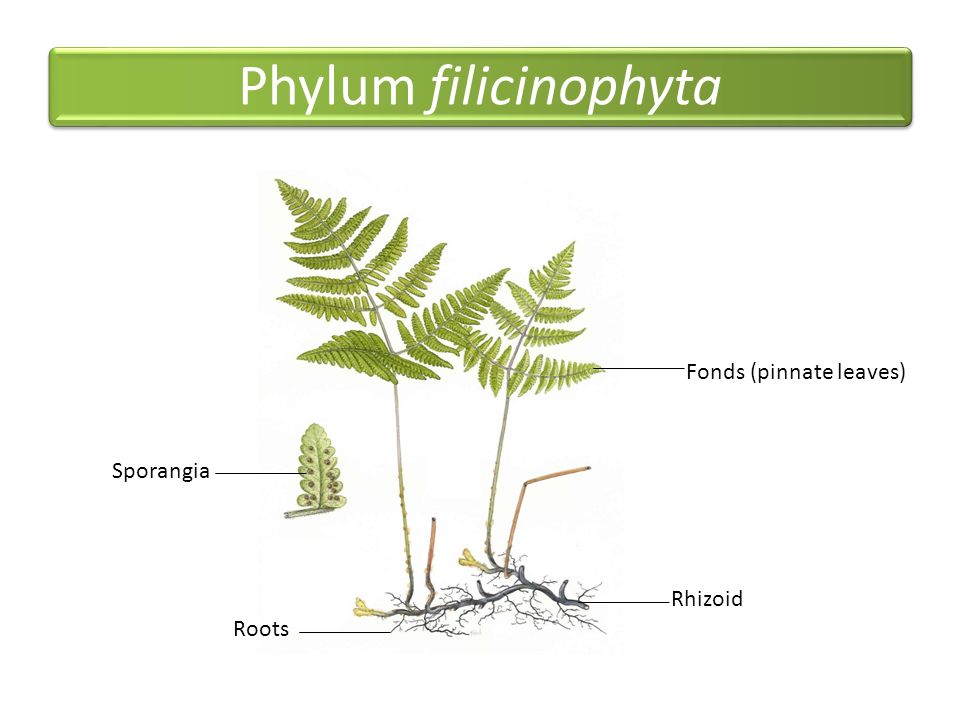Question
If a plant is exposed to light, which colour of light would lead to the lowest rate of oxygen release by a green plant?
Blue
Red
Green
White
▶️Answer/Explanation
Ans: C

Photosynthesis is the process by which plants use sunlight, water, and carbon dioxide to create oxygen and energy in the form of sugar.
Plants have a pigment called chlorophyll that gives them their green color and helps them absorb energy from light. Chlorophyll absorbs energy from blue- and red-light waves, and reflects green-light waves, making the plant appear green. Therefore, green light is the least effective for plants because they cannot use it to photosynthesize.
So, if a plant is exposed to the light, which colour of light would lead to the lowest rate of oxygen release by a green plant? The answer is green light because it is mostly reflected by the plant and not used for photosynthesis.
Question
What do chloroplasts and mitochondria have in common?
Both are found in the cells of Filicinophyta.
Both contain grana.
Both occur in all eukaryotic cells.
Both are found in a Paramecium.
▶️Answer/Explanation

Phylum filicinophyta Fonds (pinnate leaves) Sporangia Rhizoid Roots Mitochondria and chloroplasts are organelles that are involved in energy production in eukaryotic cells. Mitochondria break down fuel molecules and capture energy in cellular respiration, while chloroplasts capture light energy and make sugars in photosynthesis. Both organelles have their own DNA and ribosomes, and are thought to have evolved from bacteria that were engulfed by larger cells.
Flilicinophyta is another name for ferns, a group of vascular plants that reproduce by spores. Ferns have both mitochondria and chloroplasts in their cells, as they are photosynthetic plants that also need to respire. Ferns belong to the clade Polypodiopsida, which is a sister group to seed plants.
Question
What does the Rf value in thin layer chromatography represent?
The distance travelled by the pigment front in a fixed time period
The distance from the origin to the solvent front at the end of the experiment
The ratio of distances travelled by the pigment and solvent fronts
The concentration of the pigment applied to the chromatography plate
▶️Answer/Explanation
Ans: C

RF value stands for retardation factor or relative front. It is a ratio of the distance travelled by a solute (the substance being separated) to the distance travelled by the solvent (the liquid carrying the solute) on a chromatography paper. It is a characteristic of the solute and can be used to identify it in a chromatographic system.
The RF value formula is: Distance travelled by the solute divided by the distance travelled by the solvent
The RF value is important because it indicates how well the solute is separated by the solvent and how strongly it interacts with the stationary phase (the paper or other material that does not move) and the mobile phase (the solvent that moves) . Different solutes have different RF values depending on their polarity, relative mass, and relative solubility. The RF value can also be affected by factors such as temperature, solvent composition, and paper quality.
Question
ATP is needed to change products of the carboxylation of ribulose bisphosphate into triose phosphate. What other substance is also needed?
A. Rubisco
B. NADP
C. NAD
D. Reduced NADP
▶️Answer/Explanation
Ans:D